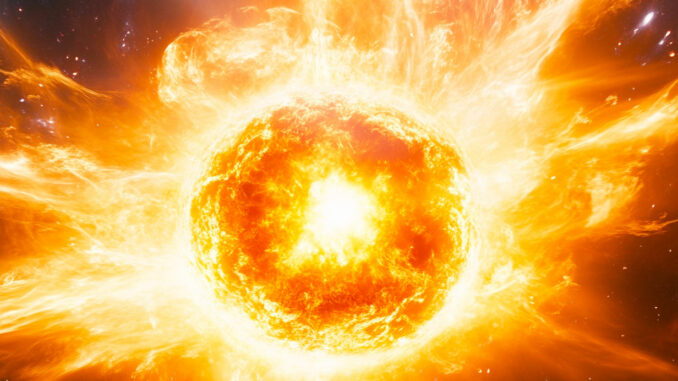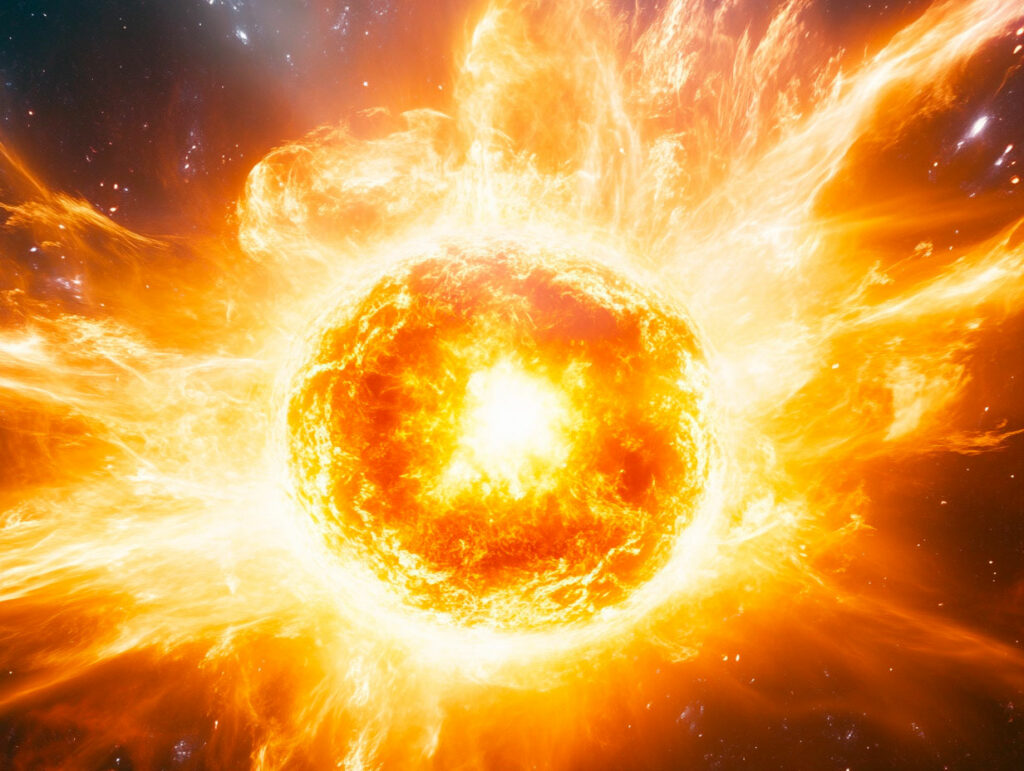
Nuclear fusion, long elusive, promises clean, inexhaustible energy. A look back at recent advances and technical challenges.
Nuclear fusion, the energy source of the stars, promises clean, virtually limitless energy production. Recent advances at the National Ignition Facility (NIF) mark a major turning point, notably by achieving ignition, where the reaction generates more energy than it consumes. However, many technological challenges remain to be overcome before this breakthrough becomes a commercial solution.
The principles of nuclear fusion
Nuclear fusion involves combining two light nuclei, such as deuterium and tritium, to form a heavier nucleus, helium-4, and release energy. This reaction, which differs from the nuclear fission used in today’s power plants, produces no long-lasting radioactive waste. The major challenge is to overcome the electrostatic repulsion between protons to allow the strong nuclear force to take over.
To achieve fusion, extremely high temperatures are required, in excess of 100 million degrees Celsius. On Earth, fusion reactors have to create even more demanding conditions than those in the sun’s core, due to the absence of gravitational confinement.
Different approaches to containment
Fusion reactors are classified according to the method used to contain the super-hot plasma:
- Magnetic containment: Tokamak reactors, such as ITER in France, use superconducting electromagnets to contain the plasma in a toroidal structure. These magnets operate at temperatures close to absolute zero (-273.15°C) to minimize electrical resistance.
- Inertial containment: The NIF achieved ignition by using 192 lasers to compress a capsule containing deuterium and tritium. This compression creates a reaction in which the energy produced surpasses that injected – an historic first.
The successful NIF experiment in 2022 produced 3.15 MJ of energy for 2.05 MJ of energy supplied, an impressive yield given the energy losses during X-ray laser conversion.

Technical and material challenges
Despite successful ignition, continuous energy production from fusion remains a challenge. Materials capable of withstanding the 100 million degrees of plasma while being exposed to energetic neutrons have yet to be developed.
Reactor “blankets”, which convert the kinetic energy of the neutrons into usable heat, are another crucial element. ITER plans to use 440 blanket modules coated with beryllium, a material capable of capturing neutrons and regenerating tritium, a scarce resource.
Economic impact and outlook
Nuclear fusion could transform the energy economy by providing an almost inexhaustible source of clean energy. The already booming fusion economy has seen a surge in investment in 2022, reaching billions of euros injected into private and public research. Companies like Xcimer Energy are exploring high-repetition lasers capable of producing fusion pulses more efficiently.
Economic challenges include the high cost of materials and the complexity of technologies, but current efforts are aimed at reducing these costs. Projects such as ITER and the future DEMO aim to make fusion commercially viable by the 2050s.
Nuclear fusion, often described as the “grail” of energy, is getting closer to reality. Recent progress illustrates the potential of clean, sustainable energy, but advances in materials science and laser technology are essential. There’s still a long way to go, but every breakthrough, like that of the NIF, brings mankind closer to the ultimate goal: an unlimited source of clean energy for all.
War Wings Daily is an independant magazine.